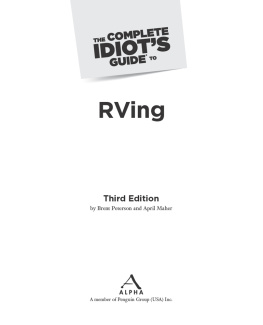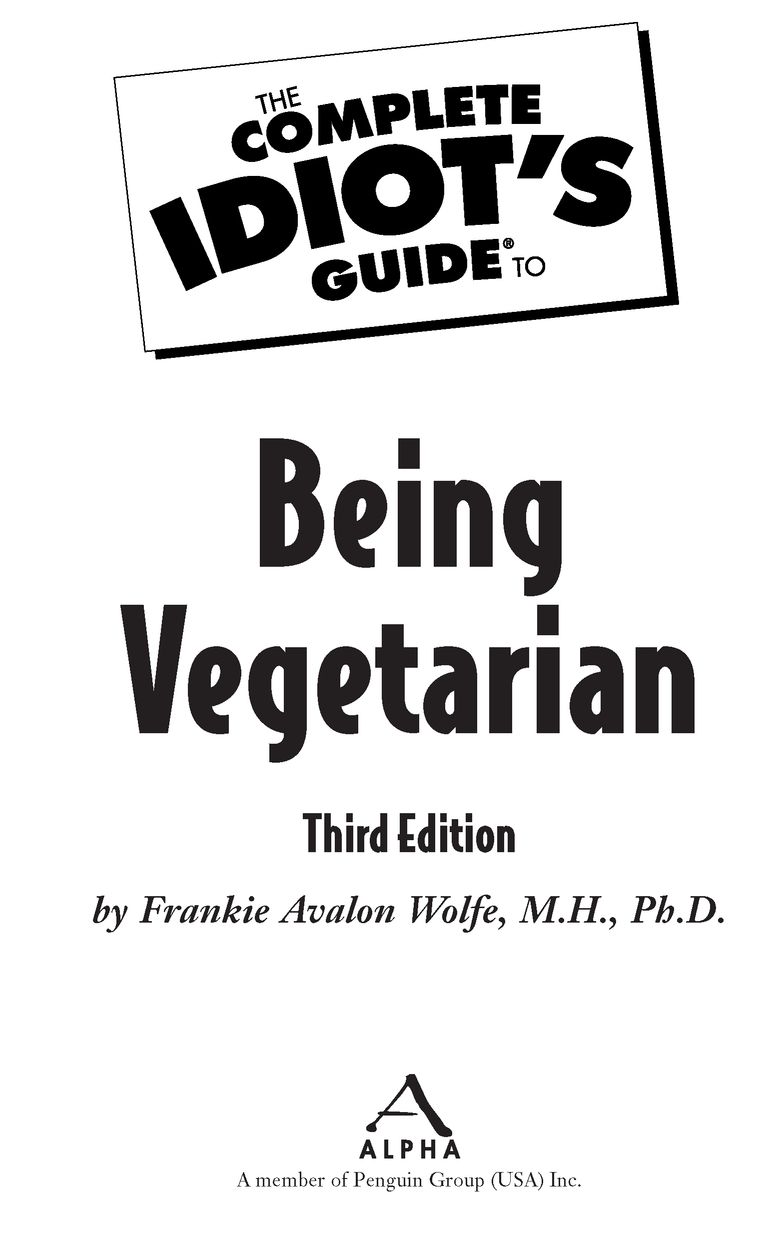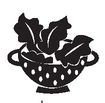Table of Contents
Introduction
It doesnt take much not to eat meat, but it does takes a little creativity to have a satisfying meal without the use of meatuntil you get into the swing of it, of course. This updated and expanded third edition of The Complete Idiots Guide to Being Vegetarian not only serves to strengthen your desire to cut meat from your diet, but also gives you some satisfying, delicious, and nutritionally dense alternatives to try.
This book will not only help you eat less meat, it will make your transition simple, nutritious, and exciting for your taste budsand hopefully present you with a few ideas you might not have thought about before. Whether youre interested in going completely vegan or choosing somewhere in the middle of the vegetarian diet scale, this book will get you cooking and experimenting with new flavors, and serve as your guide along the vegetarian path.
How This Book Is Organized
Ive divided this book into six parts:
Part 1, The Beef About Going Meatless, covers the benefits of giving up meat and gives you a framework on which to hang your vegetarian hat. This part is basically a condensed version of the entire second edition, and its here that I pack all the basics on nutrition and weight management and provide a plan on how to go meatless when traveling or dining out. I also include a chapter on the animal and environmental impacts of why most vegetarians choose a gentler diet.
Part 2, Whats for Breakfast? focuses on the importance of breakfast in the morning and how when and what types of foods you eat in the morning can affect the rest of your day. I also provide plenty of information on the foods generally considered breakfast foods: eggs, their pros and cons, eggless meals, and egg substitutes; nutrition-packed smoothies; and big breakfasts. And my editors favorite part about this new edition: Part 2 is where the recipes begin!
Part 3, Whats for Lunch? covers lunch foods of all kindssandwiches, salads, soups, and chowders. It also contains a chapter on kid-friendly foods, along with tips on nutrition for mothers-to-be, babies, and growing kids. Many yummy recipes are included at the end of each chapterjust be sure to save room for dinner in Part 4!
Part 4, Whats for Dinner? gives you information on the many benefits of some of the main staples in a vegetarians diet. Each chapter focuses on a different category, such as beans, grains, dark leafy greens, cruciferous veggies, and special, delicious main entres that feature each. It also contains a chapter on comfort foods, for when youre craving that warm-fuzzy feeling inside.
In Part 5, International Main Dishes, you rediscover ethnic foods. I have included not only wonderful recipes, but also a little bit of flavor and tidbits from each of the areas covered, including Italy, the Mediterranean, India, Mexico, and Asia.
And finally, in Part 6, Holidays and Entertaining, I wrap up with all the tips, tricks, and yummy foods you can prepare for picnics, barbecues, parties, and even holiday dinners.
Extras
Throughout these pages, youll see some boxes that give you even more information. Heres what to look for:
Veggie Soup for the Soul
Veggie Soup for the Soul boxes include statistical info or personal anecdotes I think you might find interesting.
Steer Clear
Steer Clear boxes are warnings that give you some information to watch out for or be aware of so you can make better choices.
Sprouts of Info
Sprouts of Info boxes include practical tips, tidbits, and
miscellaneous pieces of information you can use to make your veggie life easier. When these are placed with a recipe, be sure to read them before shopping for or cooking that recipe because they can contain vital tips.
Lettuce Explain
Lettuce Explain boxes contain definitions for the terms that might not be familiar to a new vegetarian. (A full glossary of all these terms can be found in Appendix A.)
About the Recipes
In an attempt to make all the recipe ingredients read more uniform, Ive left out repeating some things over and over (such as putting organic in front of every single ingredient). However, there are several important things Id like all you veggie cooks to know. Please read this section before you shop or cook, as this information may answer some questions that could arise.
cooking oils For the majority of the recipes, youll see olive oil listed. One of my favorite discoveries is olive oil in a spray! You use less and its so easy to grease a pan. But there are many different kinds of oils to use for cookingall with their benefits and drawbacks. Please see Chapter 22 for different oils so you can choose to equip your kitchen with your faves. Feel free to substitute the cooking oil I have listed for the recipe with any of your favorite cooking oil(s).
dairy When a recipe calls for any dairy product, please go organic and hormone free whenever possible. Many vegan cheese products are available made from soy, rice, and nuts for you to discover and experiment with. And for butter, I usually go for the unsalted.
eggs I dont eat eggs, so all my recipes are eggless, and I list Ener-G Egg Replacer as the standard egg replacement product. There are several different types of egg replacers to try, so use your favorite. See Chapter 8 for more on egg replacements.
mayonnaise My favorite eggless mayo is Vegenaise by Follow Your Heart made from grape seeds. See Chapter 10 for more on condiment choices.
herbs and spices Use fresh whenever you like for herbs and spices. I mostly list dried unless specified fresh, because of the ease, except when used as a topping, of course. Use this general conversion as a general rule of thumb: 1 tablespoon fresh = 1 teaspoon dried.
produceAlways use organic, fresh produce when possible. This goes for frozen veggies, too. See Chapter 3 for more on produce.
peeling The skins of most fruits and veggies contain extra nutrients, so I like to leave them. However, if youd rather peel them, feel free! Also, use a good fruit/veggie wash when cleaning your fresh produce and wash them before cutting them to avoid contamination.
onions Yellow, white, redI usually specify only if the recipe calls for a red (purple) onion where it would make a bigger difference in the flavor. Yellow onions are sweeter, and whites tend to be hotter.












